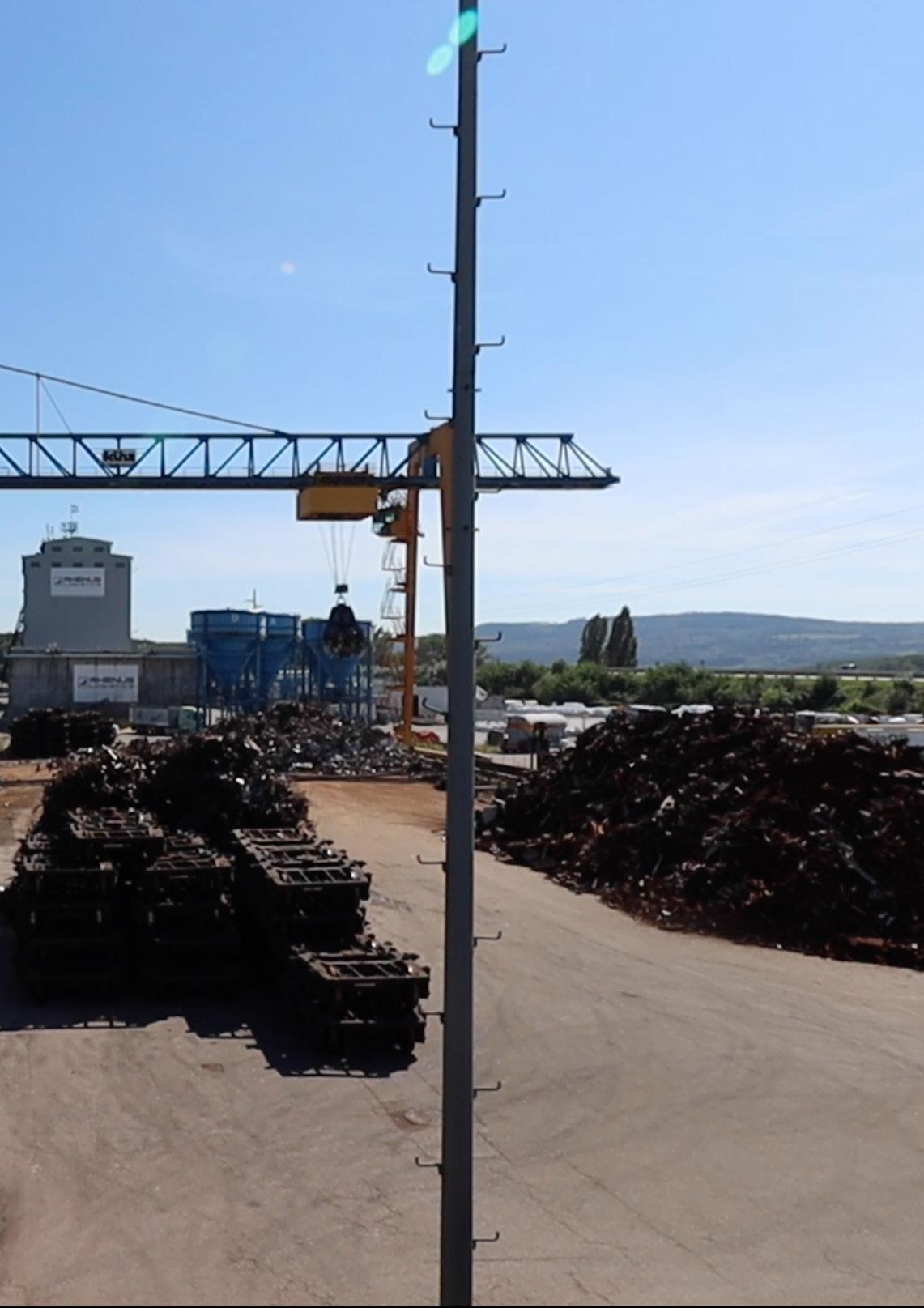
1 minute read
Krems-East is a cabinet of curiosities
Krems-East is a mirror image to the Wachau. It is an area characterized by a vast number of autonomous elements. Many of these elements create their own interesting aesthetic experiences. However, they do no lead to a pleasant overall atmosphere like the Wachau. For example, the crane in the harbour is a spectacular sight (see next page) people often stop to look as it unloads cargo from ships. However, the interaction of the crane with the nearby distribution centre and furniture shops makes Krems-East feel like a neglected, unwelcoming place oriented towards business and mobility.
Krems-East can best be described as a cabinet of curiosities. The classic cabinet of curiosities emerged in the sixteenth century. These were cabinets or entire rooms in which rulers and aristocrats, members of the merchant class and early practitioners of science in Europe formed collections of objects that suited their interest. The objects were varied, belonging to natural history, ethnography, geology, archaeology, religious or historical relics and works of art. Many collectors did not care too much about cohesion, or whether their objects were authentic or of actual scientific significance. What mattered most was the aesthetic experience of the different objects. However, the cabinets of curiosity were not completely random. The collectors usually had specific interests and would collect objects based on themes. This part of the metaphor can be extended to Krems- East.
Advertisement
The cabinet of curiosities of Krems- East has a number of zones that collect thematically related objects: The riverfront, the harbour, the housing of the Lerchenfeldsiedlung and Landersdorf, the industrial production sector and areas of commerce and distribution. Images of each area are shown in a number of spreads throughout the booklet.
Housing Industry/Production Riverfront Commerce and distribution Harbour
THE CABINET OF CURIOSITIES OF KREMS-EAST



THE HARBOUR - STILL FROM ‘PAINTING A PICTURE’







